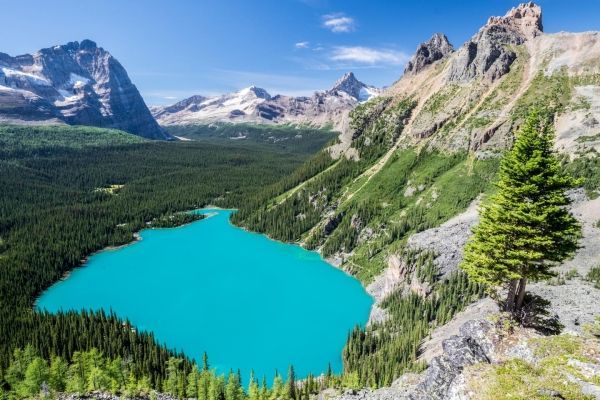According to a group of international researchers, the potential for large countries to contribute to environmental protection is being overlooked.
The researchers, spanning 13 universities and three countries, were led by UBC Okanagan’s Adam T. Ford and Liber Ero Postdoctoral Fellow Laura Coristine. They recently examined the leverage an individual country has when it comes to protecting ecosystem values. And they say it isn’t—nor should it be—a level playing field.
“Loss of habitat is currently the single biggest threat to biodiversity and is being driven by an ever-expanding human footprint,” says Ford. “Intact lands with low industrial footprint is critical to maintaining the world’s biodiversity.”
Ford, a Canada Research Chair in Wildlife Restoration Ecology, says the researchers calculated the land mass of the world’s countries and then compared this to the availability of ecosystem values. The eight largest countries—Russia, Canada, America, China, Brazil, Australia, India and Argentina—account for 50 per cent of the Earth’s land area. However, those same countries represent barely three per cent of the world’s nations.
Read more at University of British Columbia Okanagan Campus
Image: When it comes to freshwater availability, more than 75 per cent of the world's total water supply is found in only three countries -- China, Canada and Russia. (Credit: UBC Okanagan)


